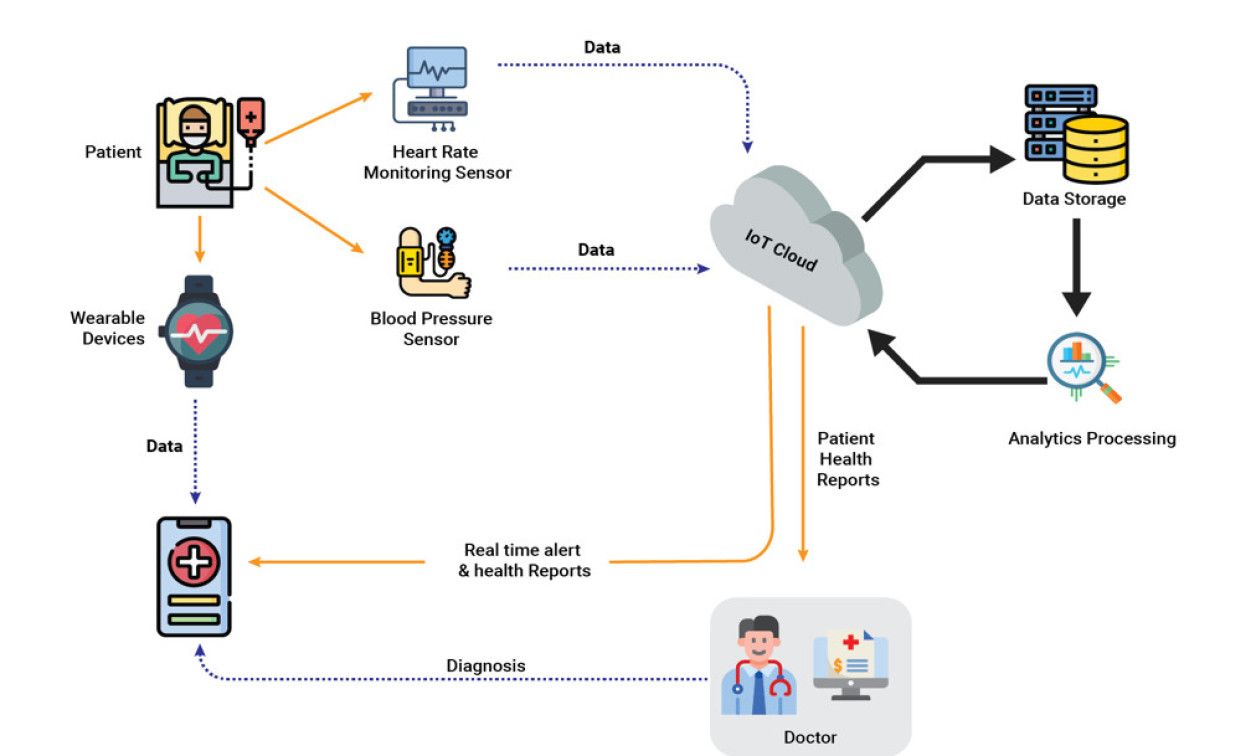In today’s digital age, businesses are constantly looking for ways to streamline their operations and improve efficiency. One of the most effective ways to achieve this is by integrating Internet of Things (IoT) technology into your business processes. IoT refers to the interconnection of various devices and systems through the internet, allowing them to communicate, analyze data, and make decisions in real-time.
The Benefits of IoT Integration
There are numerous benefits to incorporating IoT technology into your business operations. One of the main advantages is improved efficiency. By connecting all of your devices and systems, you can automate routine tasks, monitor performance metrics, and identify areas for improvement. This can help reduce human error, save time, and ultimately increase productivity.
IoT integration also allows for better data collection and analysis. With sensors and other connected devices, you can gather real-time data on various aspects of your business, such as inventory levels, machine performance, and customer behavior. This data can then be analyzed to make informed decisions, optimize processes, and identify new opportunities for growth.
Challenges of IoT Integration
While there are many benefits to adopting IoT technology, there are also some challenges that businesses may face. One of the main challenges is ensuring the security and privacy of data. With so many devices connected to the internet, there is an increased risk of cyber attacks and data breaches. It is crucial to implement robust cybersecurity measures to protect your business and customer information.
Another challenge is the cost of implementing IoT technology. Depending on the size and scope of your business, integrating IoT devices and systems can be a significant investment. It is important to carefully evaluate the potential return on investment and consider the long-term benefits before making a decision.
Best Practices for IoT Integration
When integrating IoT technology into your business operations, there are several best practices to keep in mind. First, start by identifying your specific goals and objectives. What areas of your business could benefit from IoT technology? What problems are you trying to solve? By clearly defining your goals, you can develop a strategic plan for implementation.
Next, assess your current infrastructure and technology stack. Do you have the necessary hardware and software in place to support IoT integration? Consider what additional resources you may need to invest in to ensure a smooth transition.
It is also important to prioritize data security and privacy. Implement encryption, authentication, and access control measures to protect sensitive information. Regularly update your systems and devices to patch vulnerabilities and stay ahead of potential threats.
Case Studies: Successful IoT Integration
Several businesses have successfully integrated IoT technology into their operations and reaped the benefits. For example, Amazon uses IoT devices in its warehouses to track inventory levels, improve order fulfillment, and optimize logistics. This has helped the company reduce costs, increase efficiency, and deliver a better customer experience.
Another example is Tesla, which uses IoT technology in its electric vehicles to collect real-time data on performance, battery life, and driver behavior. This data is then used to improve vehicle design, optimize maintenance schedules, and enhance the overall driving experience for customers.
Conclusion
Integrating IoT technology into your business operations can have a transformative impact on efficiency, productivity, and growth. By connecting all of your devices and systems, you can automate tasks, gather real-time data, and make informed decisions. While there are challenges to consider, such as data security and cost, the benefits of IoT integration far outweigh the risks. By following best practices and learning from successful case studies, you can take your business to the next level with IoT technology.
